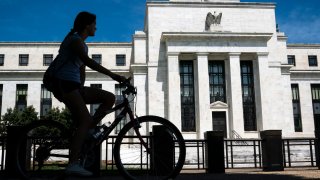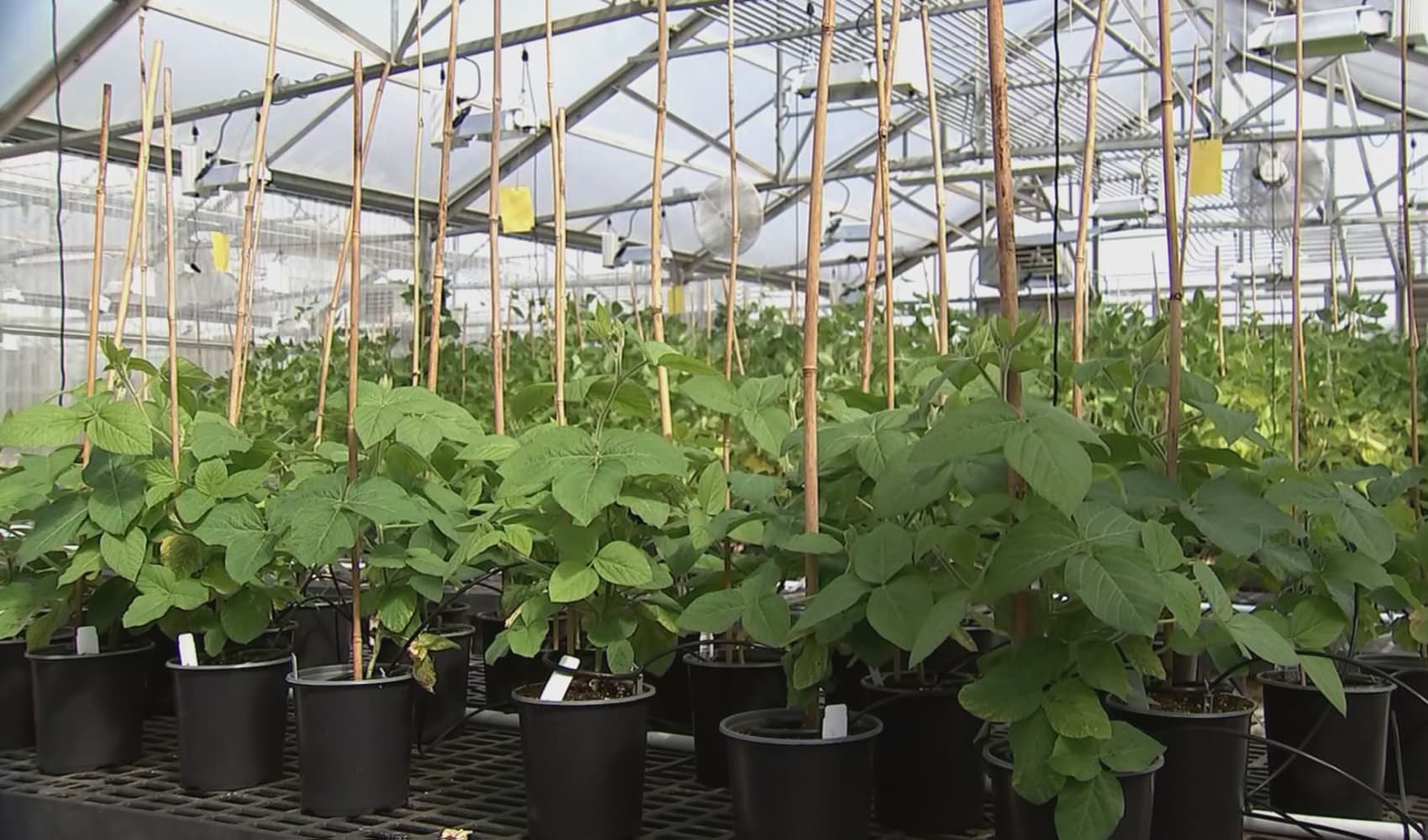
Yields keep ticking higher.
The 10-year Treasury yield held near 14-month highs on Friday, above 1.7%, while the 30-year yield moved above 2.5%.
The bond market was on watch after the Federal Reserve decided against extending a rule that loosened the supplementary leverage ratio for banks, which could lead to them to unload some of their Treasury holdings and push yields even higher.
Get South Florida local news, weather forecasts and entertainment stories to your inbox. Sign up for NBC South Florida newsletters.
But, PGIM Fixed Income chief economist Nathan Sheets says the Federal Reserve views higher rates as a good development for now.
"The Fed sees the run-up in interest rates occurring on the long end of the curve as reflecting expectations for a higher inflation, which is what the Fed has been trying to deliver now for several years along with expectations for a strong recovery," Sheets told CNBC's "Trading Nation" on Thursday. "I think [Fed Chair Jay Powell is] very encouraged by it … as long as the rise is commensurate with the improving economic outlook."
Sheets, a former Treasury under secretary for international affairs, said a 2% yield on the 10-year Treasury is a "reasonable guess" that markets are pricing in for the short term, but he sees no evidence that the rise in yields is abating.
Money Report
That could become a problem for the bond market and the Fed beyond this year, he said.
"We're going to have a powerful recovery during the second half of this year, with lots of fiscal [stimulus] and a return to normal as a result of the vaccination campaign, but how much demand is going to be left relative to supply, aggregate supply, in let's say, the middle of next year? And I think there's some serious questions as you get beyond the near term," he said.
Treasury yields are often seen as a barometer of inflation expectations — because when investors expect higher inflation, bonds become less attractive and are sold, while yields, which have an inverse relationship with bond prices, increase.
"As we reopen, it is likely that we will see some price pressures, people are going to demand goods and services and the supply of those may lag some and could create bottlenecks and shortages in some sectors, but then the key question that I think markets are debating is what does that look like after we move into 2022. Does the higher inflation persist? … Or, does it come off the boil? Is it transient?" said Sheets.
The Fed said Wednesday it expects core inflation to increase 2.2% this year but fall to 2% in 2022. Powell said the Fed will tolerate a "transitory rise in inflation above 2%" without changing its monetary policy.






